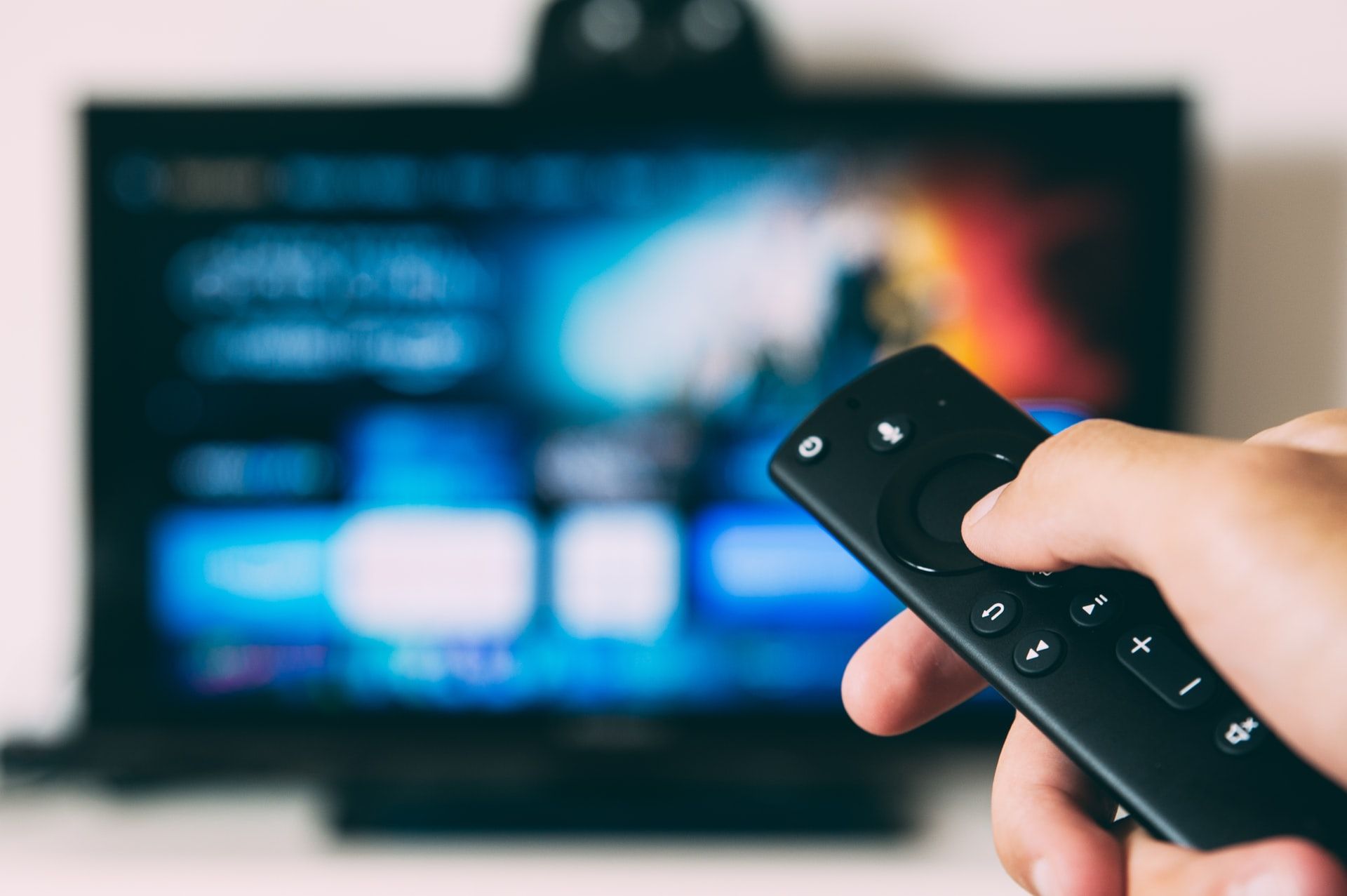
Envisioning the future of television in Europe and beyond
By ITU News
The role of television is rapidly evolving in the digital age, but to varying degrees in different parts of the world.
TV once involved a simple unidirectional broadcast, where content was pushed to viewers who had to watch whatever was ‘on the tube’ at the time. The latest iterations, in contrast, integrate broadcast-broadband systems and Internet Protocol (IP) streaming to provide a customizable, interactive experience.
As technology grows more sophisticated, what might the future hold for viewers and the television industry?
This was the question at the centre of an International Telecommunication Union (ITU) regional workshop just ahead of World Television Day, during which participants from industry, academia and other fields discussed recent advances in European television services.
While policy frameworks and regulations related to TV broadcasting dominated initial discussions at the November event, subsequent sessions covered the evolution of the ‘user experience’, programme making, and delivery.
Rising demand, converging services
Regulations, infrastructure, and new and emerging technologies converge in modern TV services. Market trends and consumer demands demonstrate the importance of connectivity and the ability to access content and services offered via the Internet and mobile devices as well as traditional TV broadcasting.
The European Union has looked beyond economic-based media regulation, towards integrating fundamental rights and cultural perspectives.
“This is reflected in measures to promote and safeguard media freedom, media pluralism and media independence” said Jenny Weinand, Senior Legal Counsel at the European Broadcasting Union (EBU).
Other speakers noted the continued evolution of digital terrestrial television broadcasting (DTTB) technologies and the importance of protecting the current broadcasting spectrum allocation at the upcoming World Radiocommunication Conference (WRC-23).
In East Africa, digital terrestrial television (DTT), direct-to-home (DTH), satellite delivery, and online media platforms have continued to complement one another. “The regulatory environment should be developed to enable the growth of Internet-based content and the pay-TV industry,” said Andrew Kisaka, Head of Licensing at the Tanzania Communications Regulatory Authority (TCRA) and a current Vice-Chairman of ITU Radiocommunication Sector (ITU-R) Study Group 6 on broadcasting services.
Personalized content
The second session focused on the evolving user experience, including rising demand for personalized and accessible services in Europe and beyond.
Artificial intelligence (AI), the Internet of Things (IoT) and other new technologies allow TV users to create tailor-made experiences that is increasingly immersive and more realistic.
However, not all TV users enjoy the same experience from available services. Certain services are not uniformly accessible across Europe yet, due in part to varying device options and users with different needs.
To ensure TV is accessible to all, broadcasters also need to offer more personalized services to people with different sensory abilities.
Personalization can include, for example, adjustable subtitle characteristics, signing, audio description, or enhanced dialogue.
Creating a standardized profile for each user can help, said Pradipta Biswas, Assistant Professor at the Centre for Product Design and Manufacturing in Bangalore, India, and part of the affiliated faculty at the Robert Bosch Centre for Cyber Physical Systems. User profile formats are the subject of ongoing work by ITU Standardization Sector (ITU-T) Study Group 9 on broadband cable and TV.
Evolving production
The third session considered the evolution of programme production and looked at new technologies that producers are beginning to use, some of which have been driven by the impact of the pandemic. Secure, localized 5G ‘campus networks’, for instance, offer huge potential for high-quality remote content production, wireless cameras and data communications.
Cloud technologies can also help catalyse these new capabilities and enhance the TV experience for viewers, said the EBU’s Team Lead for Media-over-IP and Cloud Technologies, Ievgen Kostiukevych.
Automated systems using AI-based technologies are becoming part of the toolkit for immersive sensory media production, helping to meet audience expectations while producing TV programmes on-budget.
Complementary platforms
The final session examined TV content delivery, highlighting features available for various types of infrastructure as well as the impacts of televised content distribution.
Digital terrestrial broadcasting (DTT) has the lowest carbon footprint, and together with cable and satellite, will be complemented by increasing use of additional IP-based platforms.
Roland Beutler, Technology and Production Director at German broadcaster SWR (Südwestrundfunk – Southwest Broadcast) added that TV delivery may also be underpinned by 5G broadcasting services in the future.
Participants agreed that the future of television presents significant challenges and very exciting opportunities. Regulators, the industry and ITU must keep working together to ensure television broadcasting technologies continue to enable high-quality services that meet the expectations and aspirations of viewers across Europe and beyond.
Photo by Glenn Carstens-Peters via Unsplash
